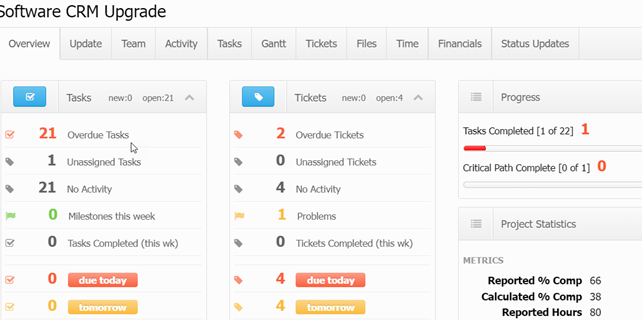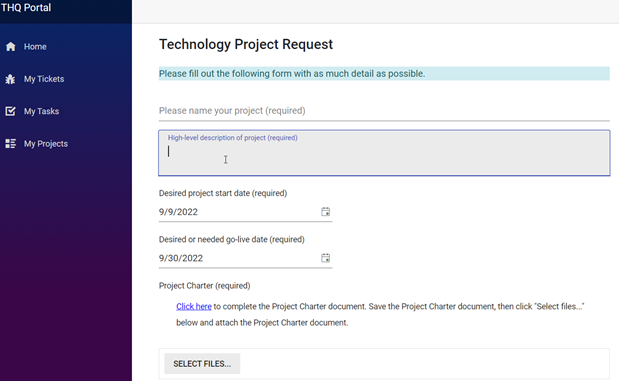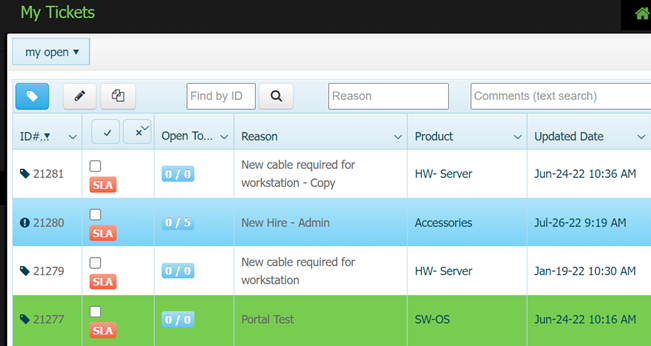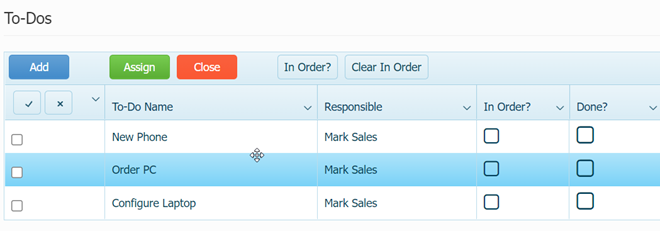Management Skills: Understanding What Makes Delegation Effective
What should managers know about delegation? Understanding the key elements of delegation is the key to using this management skill effectively.
Delegation is a management concept that is frequently misunderstood and misused. It is entrusting an activity and its results to another person. The Merriam-Webster Dictionary defines delegation as ‘the act of empowering to act for another. In effect, this means that one person gives another the right to make decisions for him. It is this idea that underlies many managers’ reluctance to delegate.
The following information about delegation might help a manager overcome his concern about delegating that kind of decision-making power.
What Can and Cannot Be Delegated?
There are three terms about delegation that are often used interchangeably but they are quite different.
- Accountability: the main feature of the manager’s job is that he is held accountable for the results of the work being done. It is a feature that is attached to that position. The manager cannot delegate accountability. No matter what work he gives over to a subordinate, he alone is accountable for the final results.
- Responsibility: an employee might have certain responsibilities concerning the work. These are usually identified in the job description. Whether or not the employee wholeheartedly accepts those responsibilities and fulfills them is his choice. All the manager can do is offer the responsibilities of some of his work. The employee might or might not want to accept them.
- Authority: by definition, authority is the ‘power to influence the behavior of others. A manager cannot delegate responsibility or accountability, but he can delegate authority. He can make it known that an employee is acting in his place for that particular work; that the employee has the power to influence the work being done by other staff.
Why Is Effective Delegation an Important Management Skill?
One function of a manager can be defined as achieving work objectives by coordinating the efforts of other people. Effective delegation has two benefits that are relevant to this.
- A manager who delegates is practicing good time management He has more time to spend on other major areas of his job for which he is accountable. He has time to look for efficiencies in the overall work process.
- A manager who delegates authority for certain tasks creates a working environment in which staff can learn from their successes and failures.
- As staff assumes more responsibility under the guidance of the manager who is ultimately accountable, the entire organization grows and matures.
When Is Delegation Appropriate?
Here are some of the primary factors for the manager to consider when deciding whether or not to delegate.
- Organization objectives: do not delegate amid a crisis that requires rapid, informed, decisive responses to restore the organization’s normal operations.
- Availability of staff: it’s not just a question of how many people are available, but also, who are they, and what is their experience and competency? It might be better for the manager to do the job himself, rather than delegate to the wrong person.
- Location: where are the employees located? If the manager works in a head office and his employees are scattered across branch offices, he should be delegating. In the interest of efficient operations, considerable authority simply has to be delegated to those people who are in the field where the actual work is happening. The scope of the delegation depends on how fast, efficient decision-making is balanced with the consistency of policy and procedures across the entire organization.
- Culture of the organization: what is the current culture? Do managers still make all the decisions? Even if that kind of environment is already changing, employees will need a period of adjustment until they can fully accept that they are being trusted with the authority and decision-making that has been delegated.
The manager might find it easiest to look carefully at his job and identify what absolutely cannot be delegated. Then, consider everything else, perhaps a specific project at a time, or a time-limited process. There are many options. For example, an administrative assistant can answer routine letters and e-mails. Jobs that require specialized skills can be delegated to employees with those skills. The manager has to see only the results. Activities that lead to the professional development of employees and test their ability can and should be delegated.
Advertisement
[widget id=”custom_html-68″]
How to Delegate and Manage Efficiently
Business owners who are effective managers practice time management. They also have strong skills in negotiation, supervisory, and leadership. After all, “managing” equates to “achieving objectives through others.” Technically, any manager who cannot successfully delegate cannot manage, by definition. Therefore, business success depends on their willingness to motivate, trust, and reliance on their employees to produce results.
To delegate is not that simple, and when done in the wrong way, it can backfire. But when used effectively, it greatly benefits the business. Delegation is an art in business and a skill that can be learned. There’s popular workplace advice: “delegate when possible.”
One of the most famous and often quoted on delegation comes from an equally famous Scottish industrialist and philanthropist Andrew Carnegie who said, “The secret of success is not in doing your work but in recognizing the right man to do it.”
Here are ways business owners use to delegate successfully.
Match the Right Employee with the Tasks to be Delegated
Delegation takes careful thinking. The staff’s expertise, strengths, and interests are highly considered. For example, for a staff dealing directly with customer service, the role is delegated to an employee who enjoys serving customers, possesses great people skills, and knows how to investigate and solve problems.
Define Clear Goals and Expectations for the Assigned Tasks
Defining clear objectives eliminates the ambiguity in the process as the staff discovers for himself or themselves how to follow through. It also enhances the probability of achieving desired results.
Clarify Assigned Tasks
Once the right match is identified and goals clearly defined, the manager confirms that the staff understands the purpose and the goal. It is important that the manager sets clear deadlines and removes ambiguities.
Set-up Controls and Checkpoints
Controls and checkpoints monitor the employee’s progress. The manager or business owner discusses how progress and performance measures are evaluated as a yardstick for success.
More Insights on Delegation
- Delegation is not the same as routine work assignments that fall within the normal job role of the staff. They should be identified and explained to the staff. True delegation involves giving the staff the responsibility and authority to do something that’s normally part of a manager’s job and not theirs.
- Delegation is not “dumping” tasks either. It is not an abdication of responsibility. If employees think that the least desirable tasks are being tossed on their lap in the name of “delegation,” they will resent it.
- New managers may tend to assume that once they delegate, they are no longer accountable for the task outcome. Handing over responsibility and authority to employees has its limits, however, ultimate accountability remains with the business owner or the manager.
- Some managers may fall into the trap of taking an assignment back unwittingly. They might say, “Here, let me show you,” and end up doing the whole assigned task themselves. A competent manager avoids this by letting employees solve problems for themselves.
Delegating greatly improves efficiency through proper planning and communication. Business owners and managers can focus on high-priority issues and not get bogged down in work that depletes their time and energy. At the same time, they can develop their employees and make them more valuable to the business.
There is a certain amount of risk-taking inherent in the delegation. The manager must be willing to accept the results of the delegated work and be willing to be held accountable for them. But, if he is delegating effectively, monitoring, coaching, and supporting, the organization as a whole will benefit.









